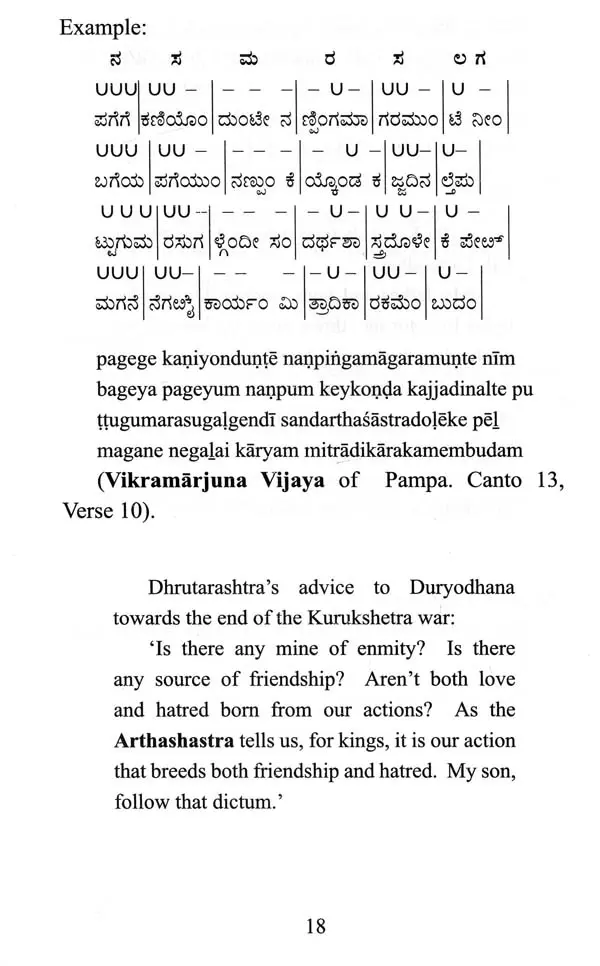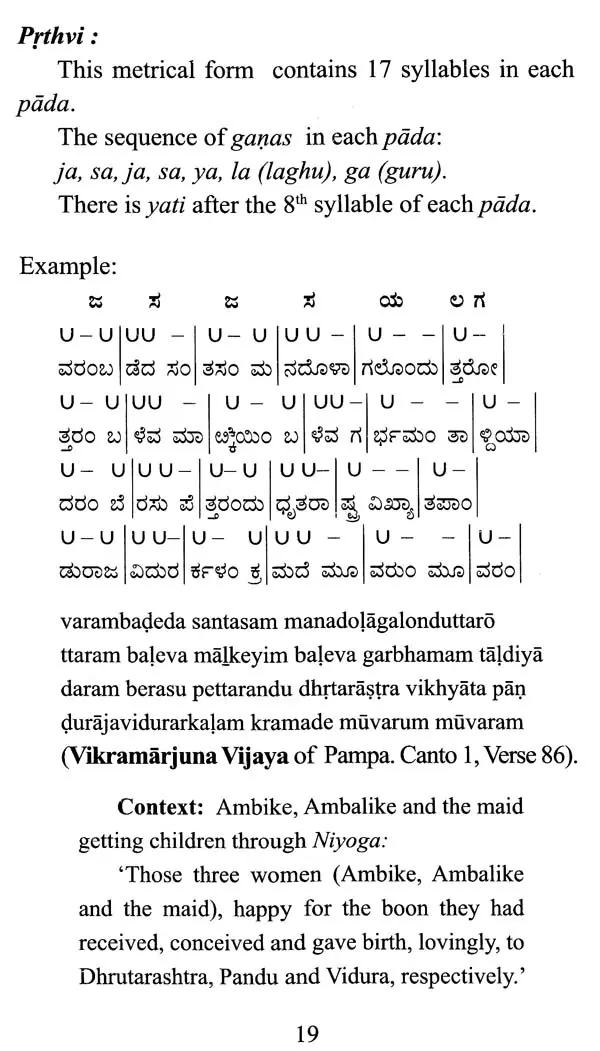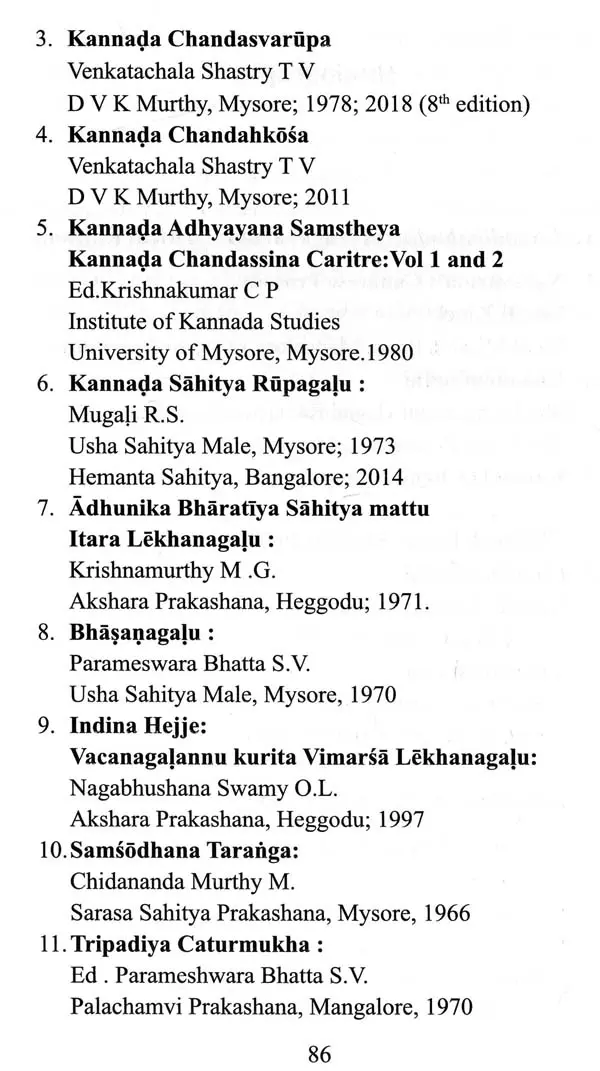Back of the Book Kannada with its cherishing history of more than 2000 years is considered a 'Classical Language' by Govt. of India along with Telugu. On 19th April 2011, MHRD sanctioned the establishment of Centre for Classical Language - Kannada' under the auspices of Central University of Karnataka, Kalaburagi.
The prime objective of the 'Centre for Classical Language - Kannada' is to study historiography of the language along with grammatical treatise, Glottochronology and etymological studies. Further, the Centre is going to study the epigraphical and logical manuscript documents available in the Karnataka, Maharashtra, Andhra Pradesh, Telangana and Tamil Nadu regions. Study of classical texts and their translations to the other Indian languages and a few European languages are also important dimensions of the Classical Kannada Centre. The Centre has already published a few books in Kannada language in the theme of classicality. I am happy now that we are now publishing a Classical Kannada text in English on Kannada prosody.
Prof B.A. Viveka Rai, a renowned scholar in Classical Kannada and Cultural Studies has given us "A Handbook of Kannada Prosody" for publishing it from our Centre. This is a first attempt to introduce and explain the structure and principles of Kannada prosody in English by Prof Viveka Rai. He has explained the basic structure of "Chandombudhi", the first book of prosody in Kannada. He has also included the major metrical forms of Classical and Medieval Kannada poetry with the definitions and illustrations. I feel proud to say that this is a significant contribution to Kannada language and is published in English for the benefit of non Kannada readers and scholars.
About the Author Dr. B.A.Viveka Rai (b.1946) was a Professor of Kannada Language and Literature in Mysore and Mangalore Universities, Karnataka for 34 years. He has taught Classical Kannada Literature, Kannada Prosody, Critical Theory and Folkloristic. He has served as Vice-Chancellor of Kannada University, Hampi and Karnataka State Open University, Mysore. He has also taught Kannada language and literature at the Chair of Indology, University of Wurzburg, Germany (2009-2012). In collaboration with Turku University, Finland, and University of Wurzburg, Germany, he has completed research projects on oral epics of India. He is the author of 26 books in Kannada, English and Tulu including translations, and editor of 24 books. His international publications include: The Siri Epic as Performed by Gopala Naika (1998, translated and edited with Lauri Honko, Anneli Honko and Chinnappa Gowda, Helsinki, Finland); Classical Kannada Poetry and Prose: A Reader (2015, with C.N. Ramachandran, Hampi, India); The Tubingen Tulu Manuscript (2015, edited and translated with Heidrun Bruckner, Wiesbaden, Germany); Oral Traditions in South India: Essays on Tulu Oral Epics (2017, Edited with Heidrun Bruckner, Wiesbaden, Germany); Die fliegende Eidechse (Translation of Tejasvi's Kannada novel 'Karvalo' into German, with Katrin Binder, 2018, Heidelberg, Germany).
His awards include Karnataka Rajyotsava Award, Karnataka Sahitya Academy Award and Honorary Doctorate (D.Litt.) from Mangalore University.
Preface A Handbook of Kannada Prosody is an attempt to introduce and explain the structure and principles of Kannada Prosody. This book has three dimensions. To begin with, the basic structure is that of 'Chandombudhi,' the first book of prosody in Kannada, composed by Navavarna in the 10th century AD. The second dimension comprises introducing all the major metrical forms used in Classical and Medieval Kannada poetry with their definitions and illustrations. All the examples cited for such meters are taken from the classical and medieval poetry texts. The third dimension is that such examples are presented first in their original form in Kannada script, followed by the transliteration of those poems and finally the synopsis of them in English. Since this treatise is planned as a 'Handbook' in its true sense, the discussions and debates related to the origin, varieties and transformations of the various metres are not dealt with here. The abundant pool of research materials concerned can be accommodated in a separate volume. In preparing this Handbook, I am much indebted to various critical editions of 'Chandombudhi' and also the scholarly publications of Prof. T.V. Venkatachala Shastry, Mysore, a master in the field of Kannada prosody.
Book's Contents and Sample Pages


























